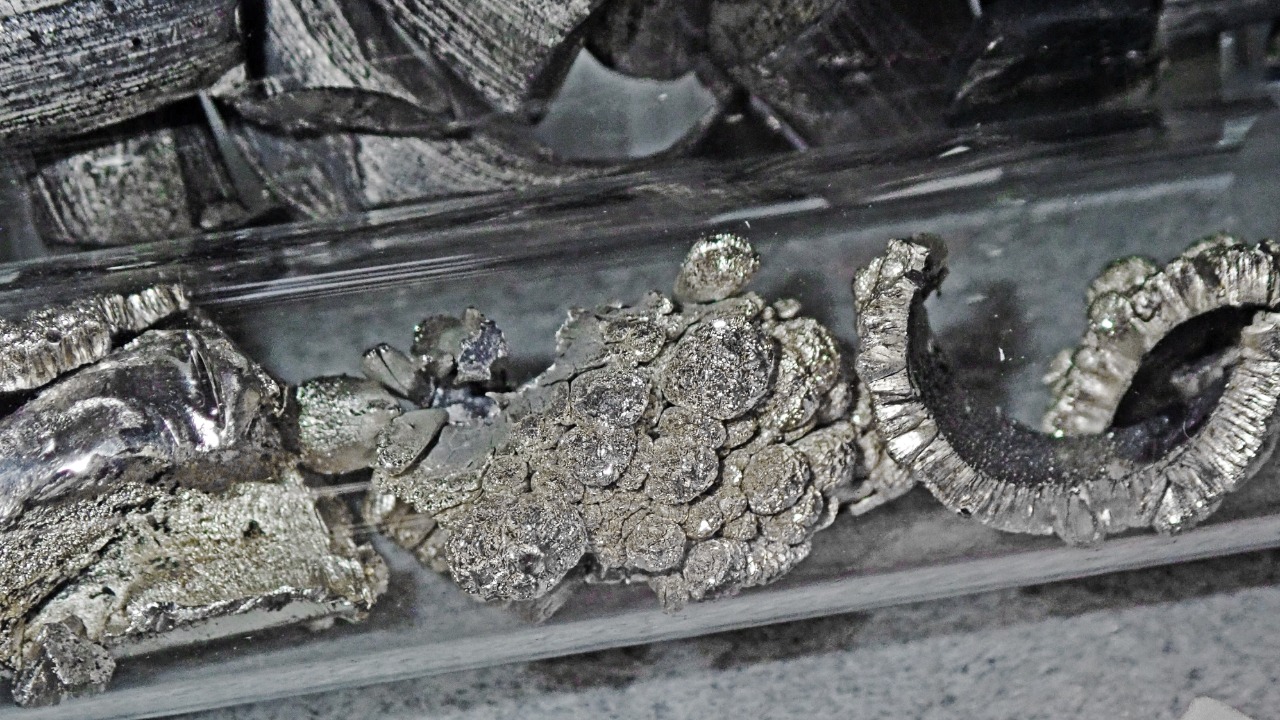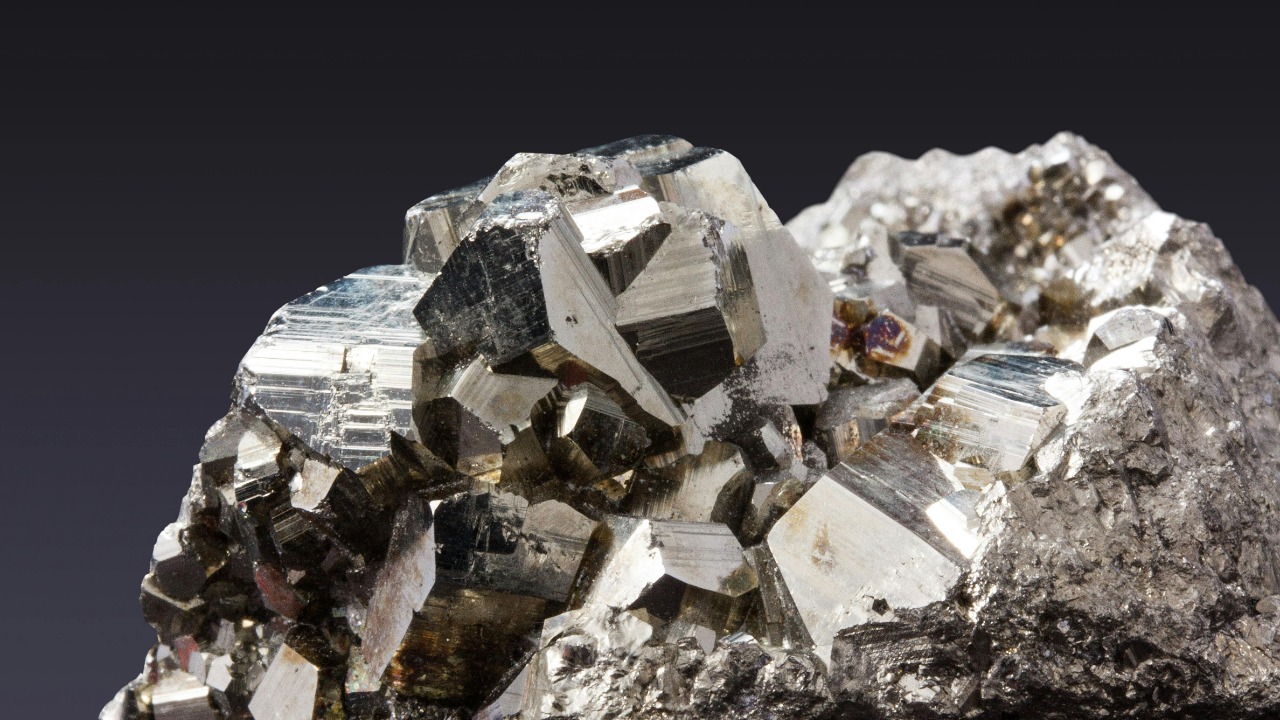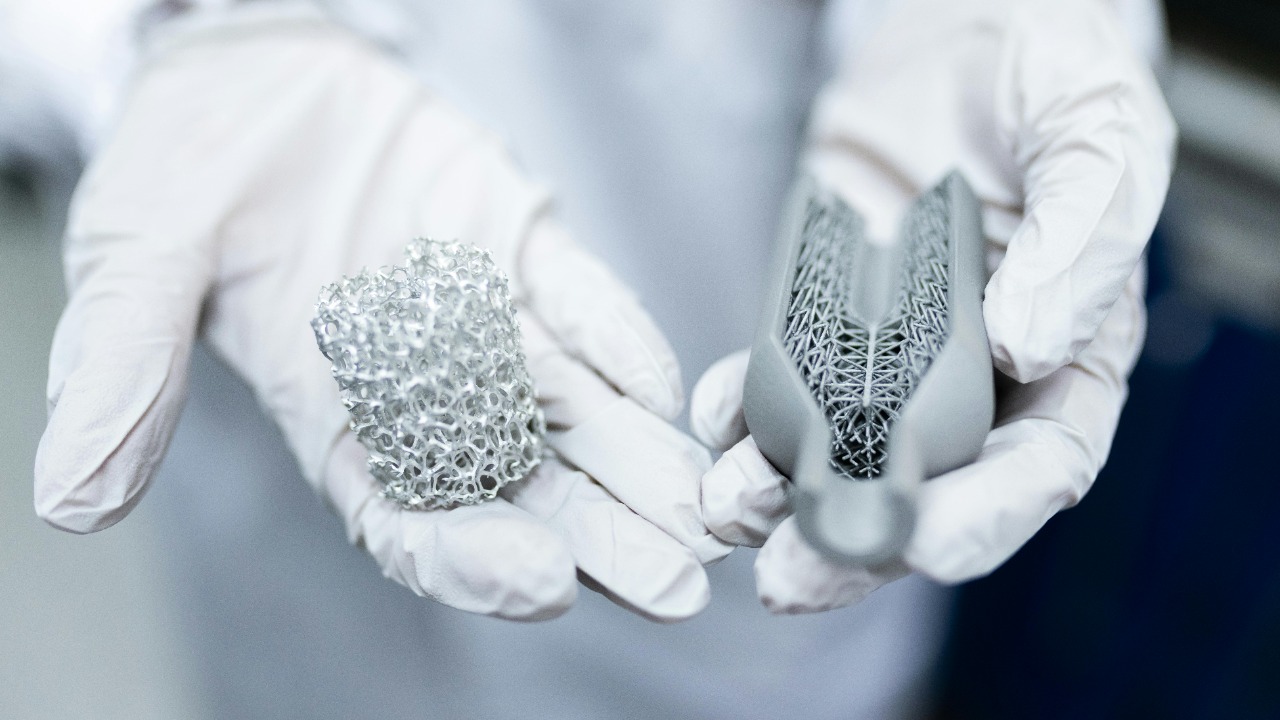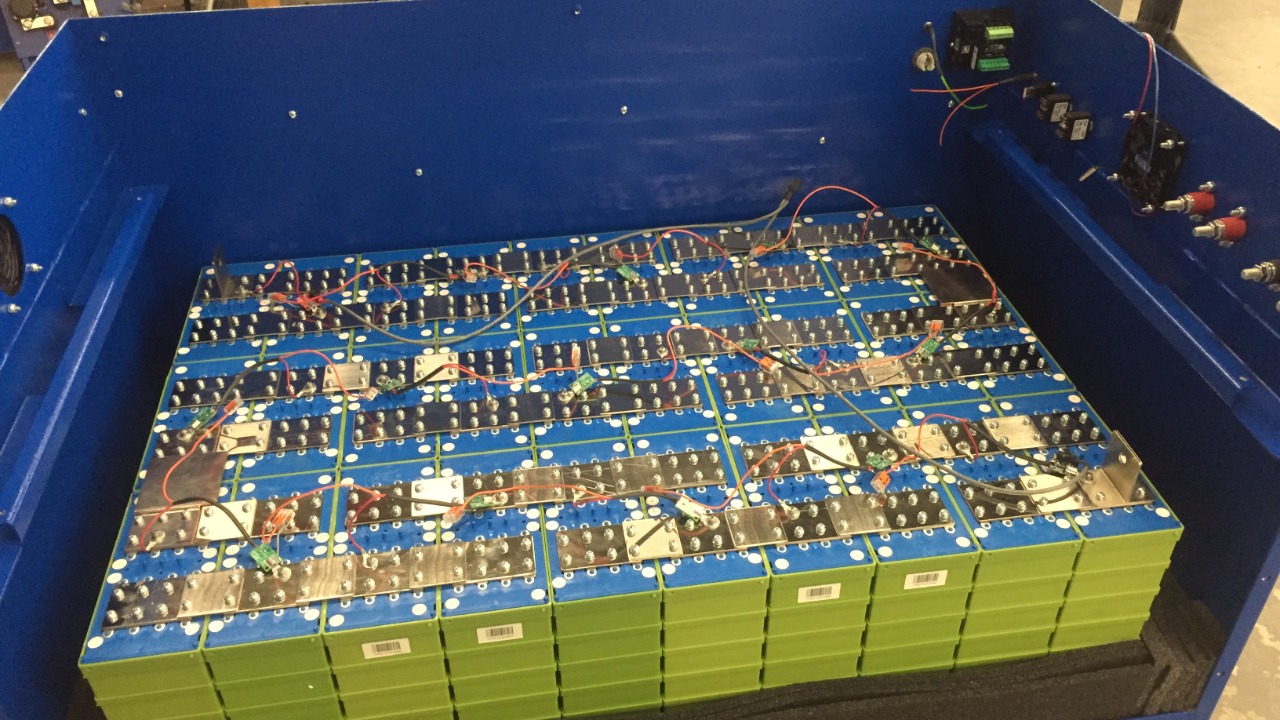
In the quest for sustainable and efficient energy storage solutions, scientists are turning their attention to elements that could potentially replace lithium in batteries. Among these contenders, iron stands out due to its abundance and promising capabilities. As researchers explore the potential of iron-based batteries, we could be on the brink of a significant shift in energy technology.
The Limitations of Lithium

Lithium-ion batteries, while revolutionary, have significant environmental and economic costs. The extraction process is resource-intensive, often leading to habitat destruction and significant water usage. For instance, it takes approximately 500,000 gallons of water to extract one ton of lithium. This water-intensive process is especially concerning in arid regions where lithium reserves are found, exacerbating water scarcity issues.
Beyond environmental concerns, the economic volatility surrounding lithium is problematic. Limited supply chains and geopolitical tensions can lead to price fluctuations, impacting the affordability and scalability of lithium-ion technology. Moreover, performance and safety concerns persist. Lithium-ion batteries face challenges with energy density and lifespan, and they are notorious for safety issues, such as thermal runaway, which can lead to fires.
Iron: The Ubiquitous Element

In stark contrast to lithium, iron is abundant and easily accessible. It constitutes about 5% of the Earth’s crust, making it one of the most plentiful elements. This abundance means that sourcing and mining iron imposes far less environmental and economic pressure compared to lithium. The ease of access and lower extraction costs make iron a more sustainable option for future battery technologies.
Recent advancements in iron-based battery technology have shown promising potential. Studies have demonstrated that iron can match or even exceed the performance of lithium in certain applications. These innovations could pave the way for iron to become a mainstream energy storage solution, offering a viable and sustainable alternative to lithium.
The Science Behind Iron Batteries

The fundamental chemistry of iron-based batteries involves different processes compared to lithium-ion batteries. Iron batteries typically utilize iron as a primary component in the electrode materials, enabling the storage and release of energy through redox reactions. This mechanism is inherently safer than that of lithium-ion batteries, as it minimizes the risk of thermal runaway.
Current research and development efforts are focused on enhancing the efficiency and capacity of iron batteries. Institutions and researchers worldwide are pioneering breakthroughs in this field. For example, studies at leading universities are exploring novel materials and designs to improve the performance of iron batteries, potentially making them a competitive alternative to lithium-ion technology.
Environmental and Economic Impacts

Iron batteries could significantly lower the carbon footprint associated with battery production and usage. The mining and processing of iron are less environmentally damaging than those of lithium, and iron’s abundance means that recycling and reuse are more feasible. This shift could lead to more sustainable mining practices and a reduction in the environmental impact of battery production.
Economically, transitioning to iron-based batteries offers numerous benefits. The reduced cost of raw materials and increased stability in the global market could lead to more affordable energy storage solutions. Moreover, the geopolitical implications of using a more widely available resource are significant, potentially reducing reliance on lithium-rich regions and enhancing energy security worldwide.
The Future of Energy Storage

Integrating iron-based batteries into existing energy systems poses challenges but also offers opportunities. These batteries could be incorporated into current infrastructure with minimal disruption, although certain technical hurdles need to be addressed. Solutions are being explored to ensure compatibility and efficiency in various applications, from consumer electronics to large-scale energy storage.
Looking ahead, the long-term prospects of iron batteries as a replacement for lithium are promising, yet challenges remain. Technological advancements and market acceptance are crucial for widespread adoption. Researchers continue to address these challenges, working on enhancing the performance and reducing the costs associated with iron-based technologies. With continued innovation, iron could play a pivotal role in the future of energy storage, offering a more sustainable and economically viable alternative to lithium.